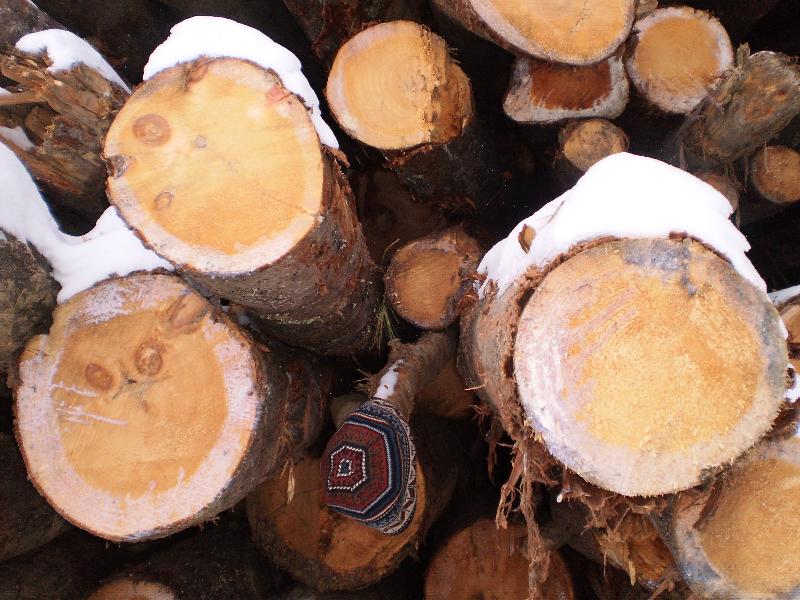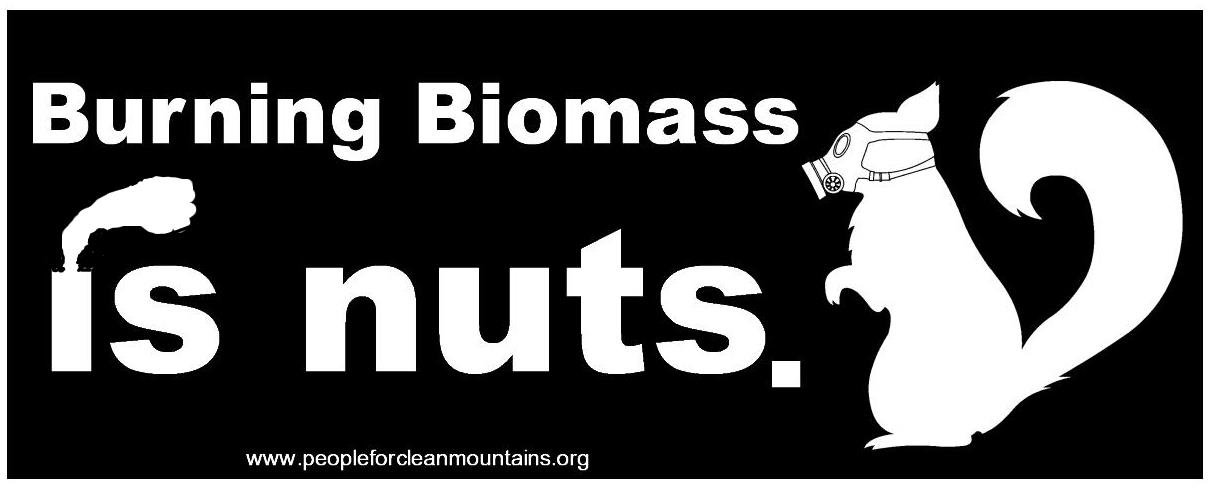"Franken-trees" for Bioenergy Threaten Southern Forests
The realities of climate change have become altogether painfully obvious. Many are working to address this by reducing consumption, and protecting landscapes and biodiversity.
ArborGen and other tree biotechnology companies, however, have a different vision. They want to develop so-called “bio-energy” from massive plantations of genetically engineered (GE) trees across South Carolina, Georgia, Florida, Alabama, Mississippi, Louisiana and Texas. They are banking on the fact that most renewable energy subsidies are directed towards wood-based bioenergy—funding refineries to convert wood into liquid biofuels—and to construct new facilities and convert aging coal-fired plants to incinerate massive quantities of wood for electricity.
In the U.S. and Europe, bioenergy already is the second largest form of renewable energy (excluding hydro) and the IEA estimates that bioenergy will be the most rapidly growing renewable, through 2035. In Europe, coal-fired plants are undergoing conversion to burn trees. These plants depend almost entirely on imports—resulting in a rush to build facilities to transform southern forests into wood pellets for export. A growing coalition is mobilizing to stop this... [READ MORE]
Report: "Unintended Consequences" from Biomass Boom
Add another one to the stack of studies shattering the biomass industry’s illusion of carbon neutrality. One would assume that the scientific community’s repeated debunking of the alleged climate benefits of biomass would already have knocked the polluting energy source off its “green” pedestal. However, in a world where 97% of climate scientists attribute global warming to human activity and only 57% of Americans believe them, it’s clear that science alone can’t change people’s minds.
Despite science’s limited influence on public opinion, The Carbon Footprint of Electricity from Biomass: A Review of the Current State of Science and Policy, by Synapse Energy Economics out of Cambridge, Massachusetts, can be a valuable tool in the hands of biomass truth-tellers looking to strip the greenwash off bioenergy. In February 2013, study co-author Sarah Jackson presented on the findings of her and her colleagues, Jeremy Fisher and Bruce Biewald, at the Public Interest Environmental Law Conference in Eugene, Oregon for the benefit of environmental and public health advocates.
Fisher, Jackson, and Biewald predict that an energy policy that pushes for biomass without honest carbon accounting “may result in large-scale perverse incentives and unintended consequences.” They urge the precautionary principle... [READ MORE]
 Trees for Hemphill Power & Light biomass incinerator in New Hampshire
Trees for Hemphill Power & Light biomass incinerator in New Hampshire
Biomass Energy: Dirty and Unsustainable
- by Ron Zeller
President Obama's continuing "all-out, all-in, all-of-the-above" energy strategy still supports biomass energy development despite its increasingly obvious problems, numerous abandoned facilities, and public rejection. An asserted need to reduce America's reliance on imported oil is frequently cited in arguments made for funding projects which are otherwise environmentally and economically dubious.
The US Department of Energy uses the term “renewable” when introducing visitors at its website to the topic of biomass energy. Perhaps it can be argued that biomass energy is renewable, but is it accurate to describe the repeated removal of biomass from agricultural or forested lands as sustainable? A quick review of some basics on the role of organic matter in soils belies the claim... [READ MORE]
Campaigners Challenge Environment Agency
Trafford, UK-based Breathe Clean Air Group has challenged the Environment Agency over a serious irregularity in issuing the controversial Barton Renewable Energy Plant in Greater Manchester, with an Environmental Permit.
Group Chairman Pete Kilvert has written to Secretary of State for Communities and Local Government, Eric Pickles claiming that the Environment Agency has clearly flouted the law and this should be taken up with higher authorities. The Barton Renewable Energy Plant is still awaiting planning permission, but two weeks before a Public Inquiry last November, the Environment Agency issued an Environmental Permit.
“Not only did the timing of the permit go against us” said Mr. Kilvert, “but certain facts about the danger of the incinerator were not revealed. One crucial fact that was not revealed was that... [READ MORE]
New Book: ENERGY: Overdevelopment and the Delusion of Endless Growth
ENERGY explores the impacts of, and the ideas behind, the global energy economy, which is toxic to nature and people. From oil spills, nuclear accidents, and mountaintop-removal coal mining, virtually every region is now experiencing out-of-control energy development. Essentially no place is safe from the relentless search for energy resources to continue powering an economy based on perpetual growth. Human health and the health of nature are threatened.
In a large-format, photo driven narrative (including 200 color photos), ENERGY features the writings of more than thirty leading thinkers on energy, society, and ecology... [READ MORE]

BEYOND BURNING: Passive House
www.passivehouse.us/passiveHouse/PassiveHouseInfo.html
The Passive House concept represents today's highest energy standard with the promise of slashing the heating energy consumption of buildings by an amazing 90%. Data from the U.S. Energy Information Administration shows that buildings are responsible for 48% of greenhouse gas emissions annually and 76% of all electricity generated by U.S. power plants goes to supply the Building Sector.
A Passive House is a very well-insulated, virtually air-tight building that is primarily heated by passive solar gain and by internal gains from people, electrical equipment, etc. Energy losses are minimized. Any remaining heat demand is provided by an extremely small source. Avoidance of heat gain through shading and window orientation also helps to limit any cooling load, which is similarly minimized. An energy recovery ventilator provides a constant, balanced fresh air supply... [READ MORE]